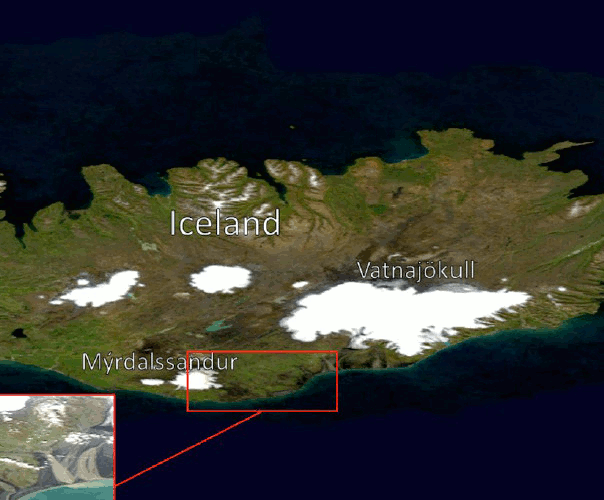

Light scattering from volcanic-sand particles in deposited and aerosol form
Jul 2019 The light-scattering properties of volcanic sand collected in
Iceland are studied here to characterize the sand
particles and develop a reference for future remote-sensing
observations. While such sand is common in Iceland,
the smaller-size fraction can be readily transported by winds and found
in the atmosphere at distant locations.
The sand appears dark when deposited on a surface due to the high
optical absorption of the material. Therefore,
atmospheric regions containing such particles during a dust storm may
absorb sunlight considerably, causing
redistribution of solar energy. Here, we measure the angular
scattered-light intensity and degree of linear polarization from the
sand. This is done with two experimental apparatuses, the Cosmic Dust
Laboratory
(CoDuLab) at the Institute de Astrofísica de Andalucía (IAA) and the
goniospectropolarimeter (FIGIFIGO) at the
Finnish Geospatial Research Institute (FGI). Two scattering-scenarios
of practical interest for remote-sensing
applications are considered: (1) single sand-particles suspended in
aerosol as an optically thin cloud, and (2) the
same particles deposited on a substrate. We also model the measurements
with the discrete dipole approximation
to estimate the complex-valued refractive index m, where we find that m
~ 1.6 + 0.01i at 647 nm. Lastly,
we present a comparative analysis of the polarimetric response of the
sand particles with that reported in the
literature for carbon-soot, another highly absorbing atmospheric
contaminant.
Atmospheric Environment, 215:116813, 2019